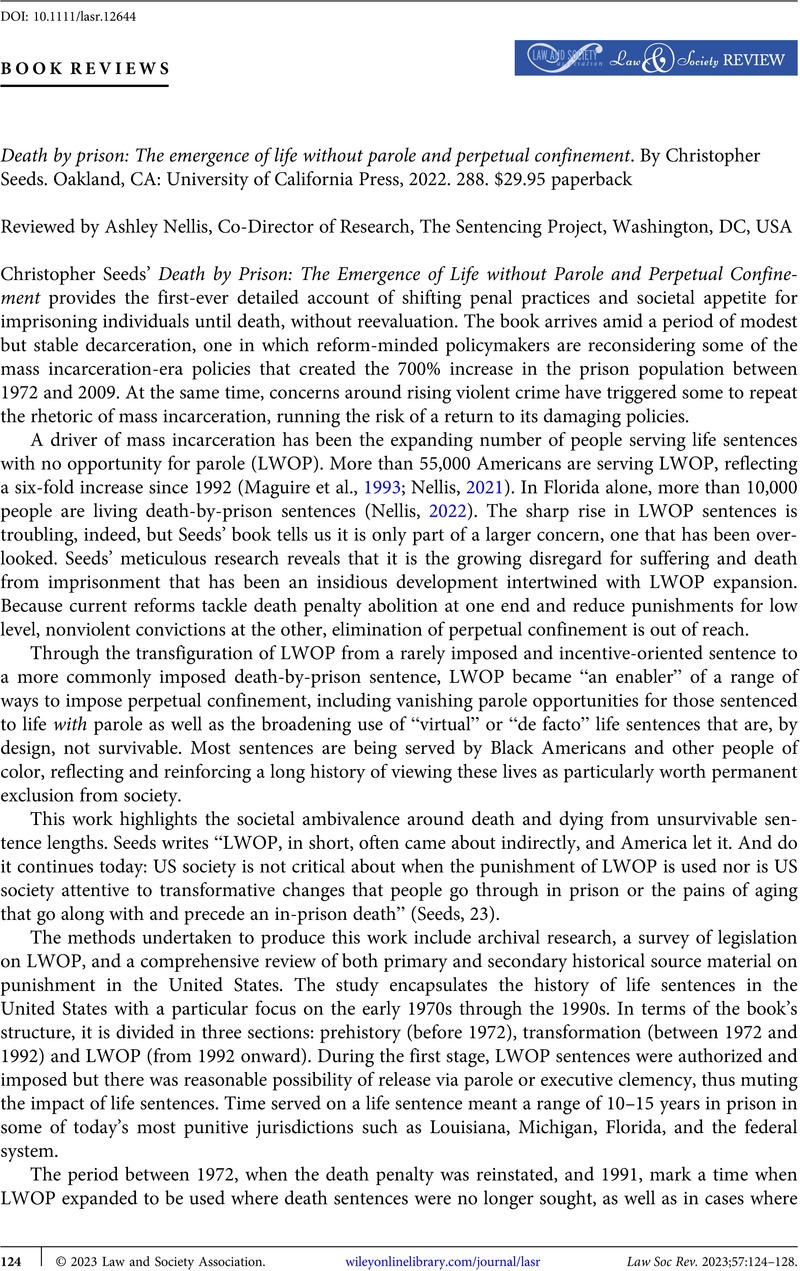Crossref Citations
This article has been cited by the following publications. This list is generated based on data provided by Crossref.
Whittaker, Freya
DeFalco, Angelica
Sanders, Steven M.
Perkins, Emily R.
Joyner, Keanan J.
and
Bradford, Daniel E.
2024.
Racial biases in polygraphs and their legal implications.
Nature Human Behaviour,
Vol. 9,
Issue. 1,
p.
3.



